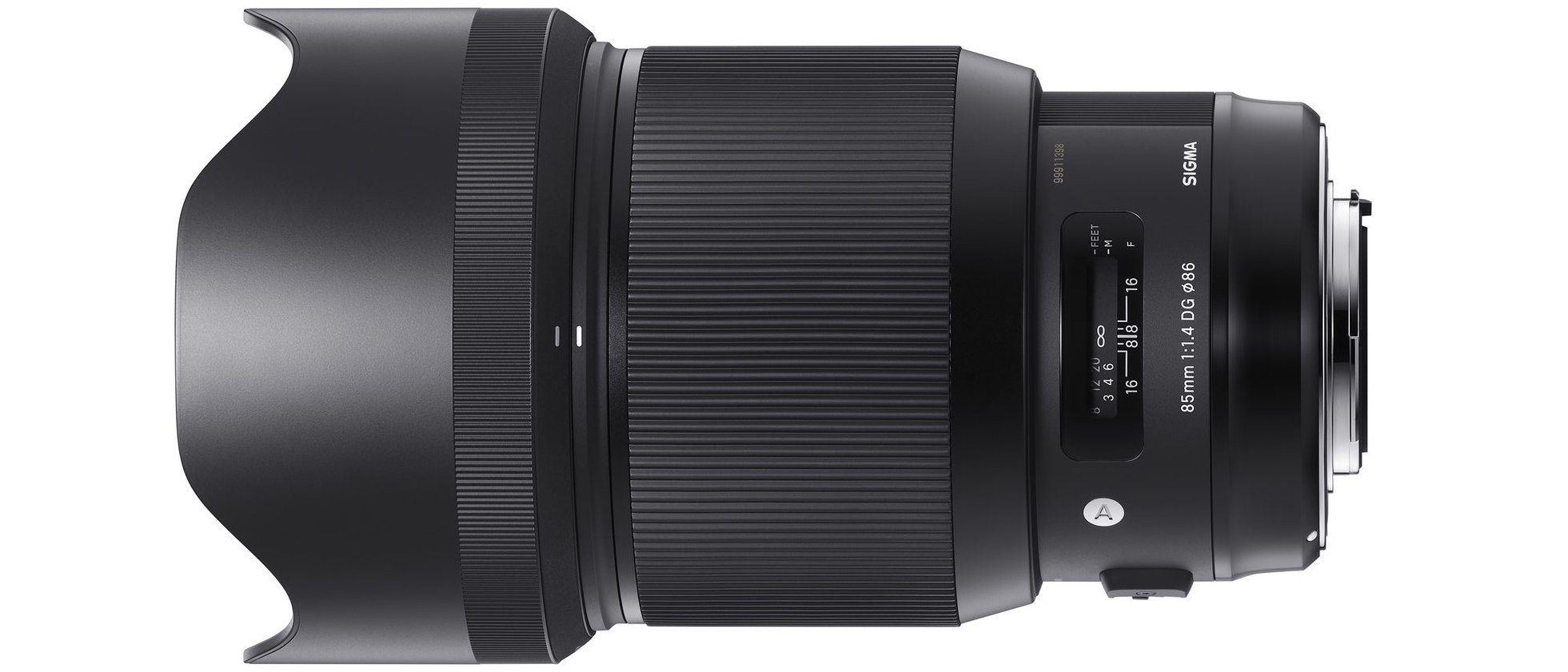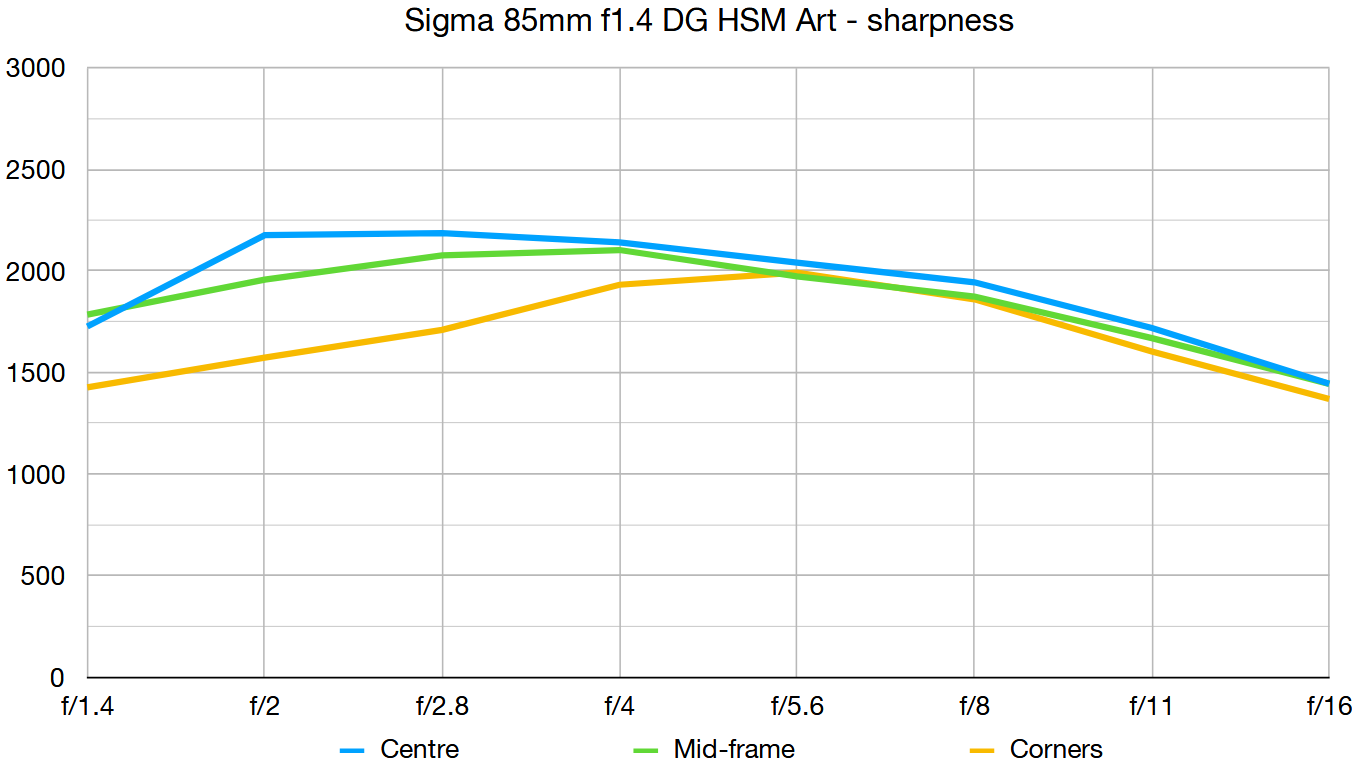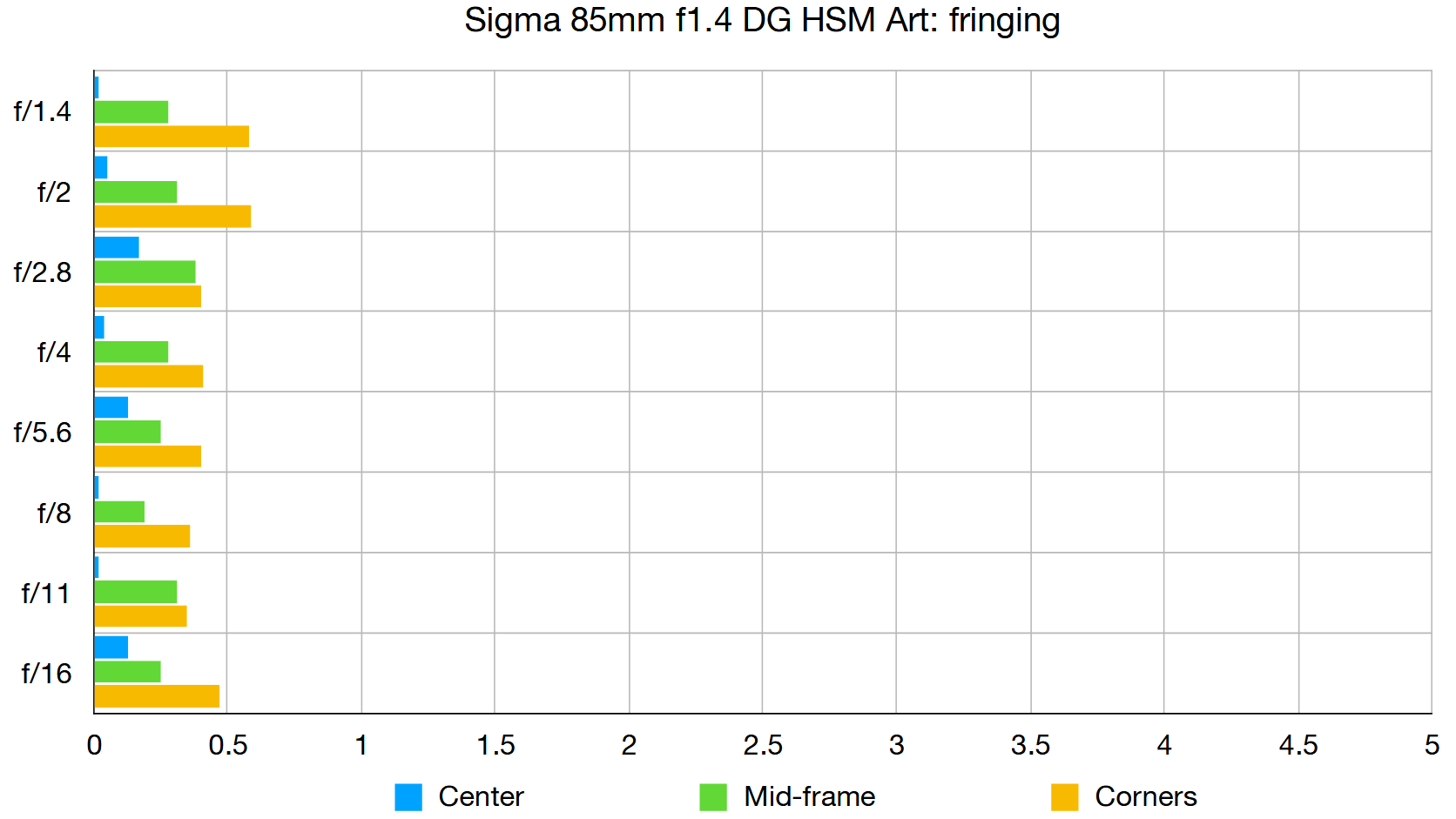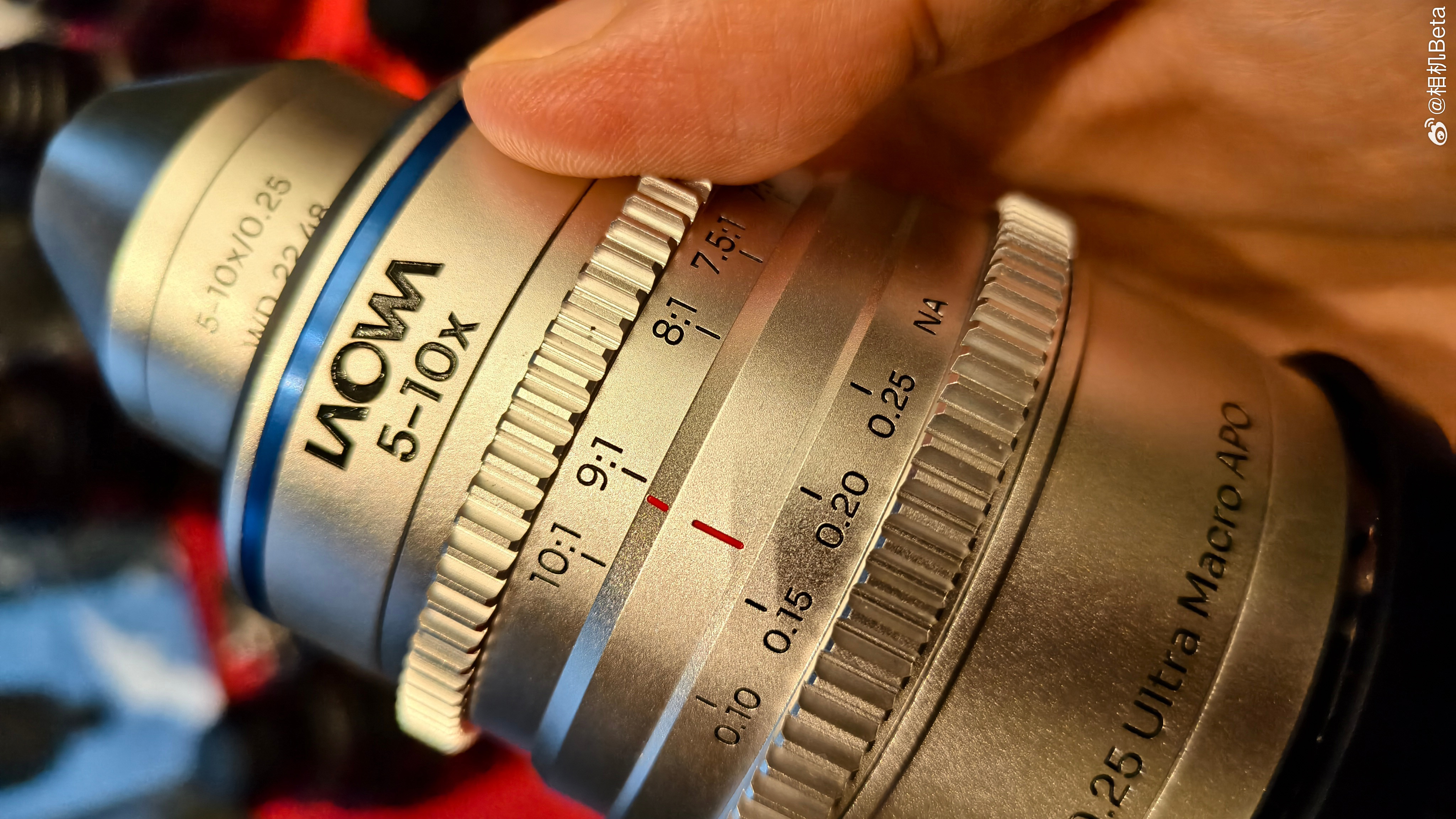Digital Camera World Verdict
As a full-frame compatible portrait lens for Canon and Nikon DSLRs, this Sigma is a heavyweight contender in every way. It has a big, weighty build for an 85mm f/1.4 prime but is positively supersized in terms of image quality. The lens delivers excellent sharpness even when shooting wide-open, along with beautiful bokeh. It’s an absolute cracker.
Pros
- +
Excellent build quality
- +
Refined handling
- +
Spectacular image quality
Cons
- -
Physically large build
- -
Weighs over a kilogram
Why you can trust Digital Camera World
The Sigma 85mm f/1.4 DG HSM Art measures 95x126mm and tips the scales at 1,130g. It’s frankly enormous for an 85mm f/1.4 lens but, typical of Sigma’s Art line-up, the design is firmly focused on image quality without any concessions to reducing size and weight. A tell-tale sign of the girth is its oversized 86mm filter thread. As with any ‘fast’ 85mm lens, its prime attraction is for portraiture and still-life photography.
Specifications
Mount: Canon EF, Nikon F FX, Sigma
Lens construction: 14 elements in 12 groups
Angle of view: 28.6 degrees
Diaphragm blades: 9
Minimum aperture: f/16
Minimum focusing distance: 0.85m
Maximum magnification ratio: 0.12x
Filter size: 86mm
Dimensions: 95x126mm
Weight: 1,130g
Key features
Despite not having an image stabilizer, the optical path is long and complex, based on 14 elements. These include an aspherical element at the rear and two SLD (Special Low Dispersion) elements, placed at the centre and towards the front. We’ve been thoroughly impressed by the build quality of all Sigma Art-line lenses but, unlike some of them, this one has the additional bonus of weather-seals, which will please rainy-day wedding photographers.
Ring-type ultrasonic autofocus comes with the usual full-time manual override. The focus ring is mechanically rather than electronically coupled but nevertheless works smoothly and with good precision. A bonus for Canon DSLR shooters is that, like most of Sigma’s ‘Global Vision’ Art, Sports and Contemporary lenses, in-camera corrections are available for the likes of lateral chromatic aberration, peripheral illumination and distortion.
Performance
Autofocus is both fast and generally accurate, although the latter is also dependent on the host camera’s abilities. Sharpness across the entire image frame is hugely impressive for an f/1.4 lens, even when shooting wide-open. We’ve noticed an ‘onion ring’ effect in the bokeh of some Sigma Art lenses but it’s particularly negligible in the 85mm, and bokeh remains silky-smooth when stopping down, helped by a well-rounded 9-blade diaphragm.
Lab results
We run a range of lab tests under controlled conditions, using the Imatest Master testing suite. Photos of test charts are taken across the range of apertures and zooms (where available), then analyzed for sharpness, distortion and chromatic aberrations.
We use Imatest SFR (spatial frequency response) charts and analysis software to plot lens resolution at the center of the image frame, corners and mid-point distances, across the range of aperture settings and, with zoom lenses, at four different focal lengths. The tests also measure distortion and color fringing (chromatic aberration).
Sharpness:
Lenses with a fast, f/1.4 aperture are often quite soft when shooting wide-open, but this Sigma retains superb sharpness and contrast. At f/2, sharpness across most of the image frame becomes spectacular, and it’s excellent at the extreme edges and corners by the time you hit f/2.8.
Fringing:
Both lateral and axial (or longitudinal) chromatic aberrations are extremely negligible, even when uncorrected in-camera.
Distortion: 0.03
The best camera deals, reviews, product advice, and unmissable photography news, direct to your inbox!
As borne out by our practically perfect lab score, the Sigma is essentially a zero-distortion lens.
Verdict
This Sigma Art lens isn’t for the feint-hearted, as it’s particularly big and heavy for an 85mm f/1.4. The reward is in the image quality, which is simply gorgeous in all respects. The blend of sharpness and beautiful bokeh makes the lens superb for portraiture, along with the bonus of negligible color fringing and practically zero distortion.
Read more:
• The best camera for portraits
• The best lens for portraits
• The best photography lighting kits
• Portrait photography tips: how to practice portrait lighting without a model
• Boudoir photography tips
Matthew Richards is a photographer and journalist who has spent years using and reviewing all manner of photo gear. He is Digital Camera World's principal lens reviewer – and has tested more primes and zooms than most people have had hot dinners!
His expertise with equipment doesn’t end there, though. He is also an encyclopedia when it comes to all manner of cameras, camera holsters and bags, flashguns, tripods and heads, printers, papers and inks, and just about anything imaging-related.
In an earlier life he was a broadcast engineer at the BBC, as well as a former editor of PC Guide.




